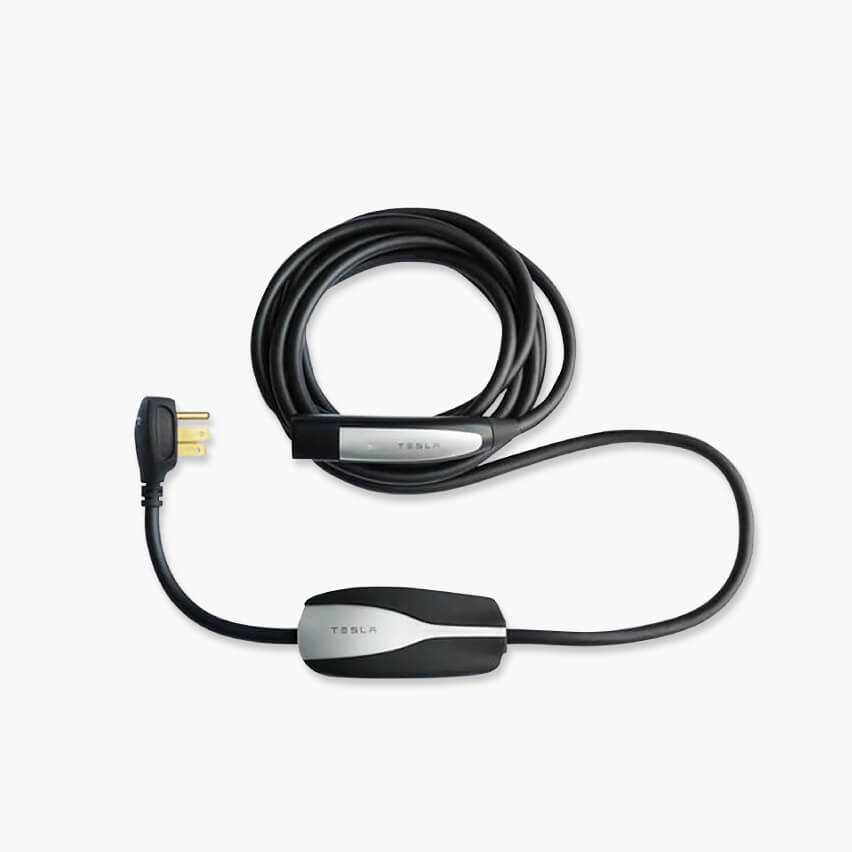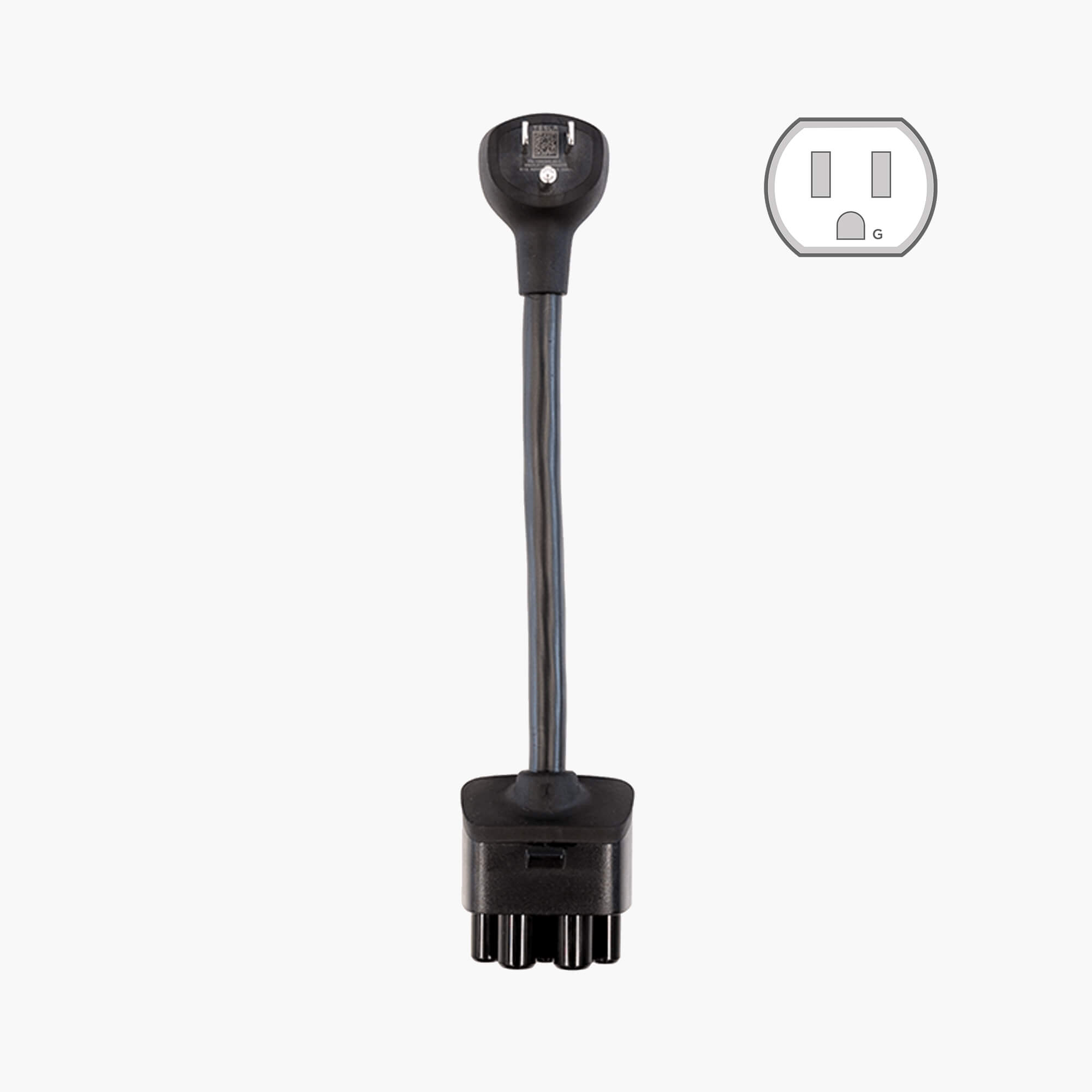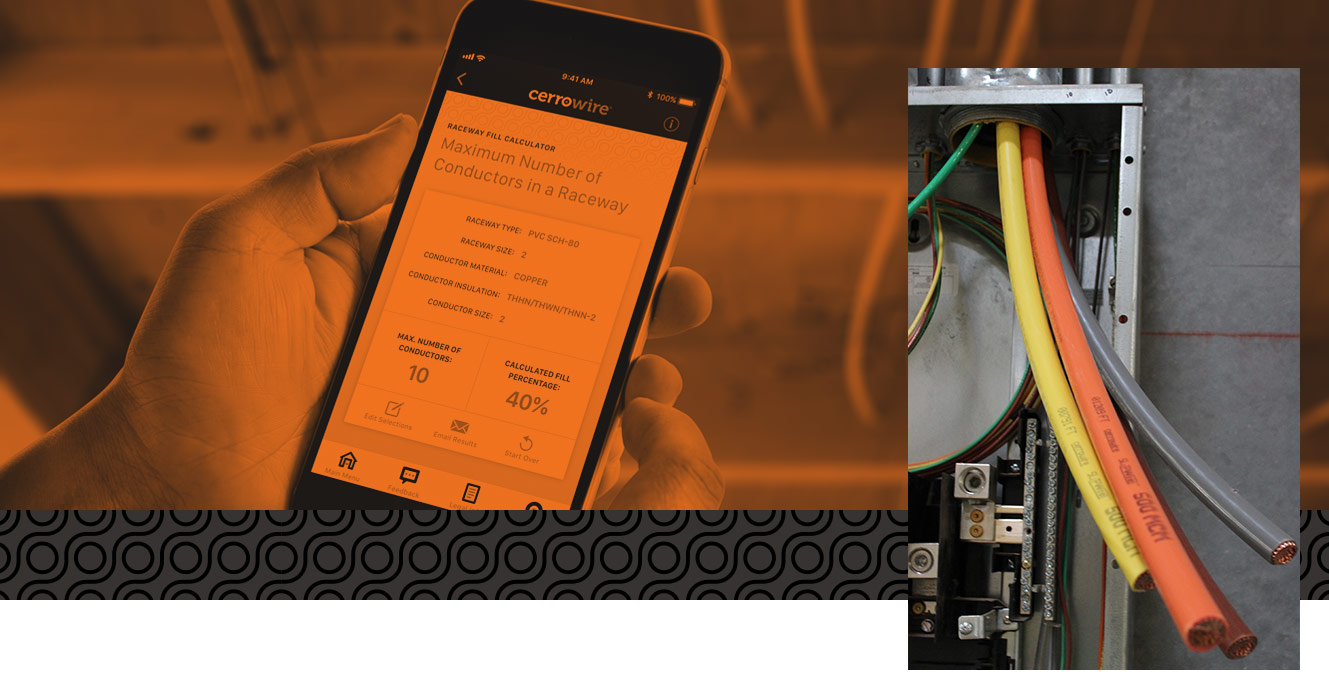I'd like to see a reference on this rule. I don't really believe it.
As 'proof' I have a fully permitted pool subpanel that runs off a 30 amp feed breaker and contains a 20 amp pool pump breaker and 10 amp pool light breaker. Last I checked, 20 was more than 50% of 30.
Well, the NEC provides a set of rules and requirements which are often the subject of heavy discussions !!!
Such as for example the maximum number of 5-15 or 5-20 NEMA plugs that could be connected to the same circuit breaker...
I am not a certified electrician either, so I am only reporting talks I had with installers or comments that I found.
In the case of overloading, the NEC 430 has a 120% rule used as
acceptable safety limit for overcurrent for busbar or conductors.
This can be used in particular in the case of initial motor current surge, and I think there is a 10 minutes limit or something like that.
Overload calculation is a very complex subject, such as determining the typical and maximum number of devices running at the same time.
Coming back to the 50% common rule of my posting, this was referring to a situation where you will have an EV charging all the night
using then 30 A of the 60 A total panel capacity. So there would be another 30 A available to other devices running sporadically.
If you consider the 120 % NEC rule, your panel could accept (60 A x 120%) = 72 A, or (72 A - 30 A) = 42 A for the other device.
But the possible second load of 42 A in this example could only apply to something like an HVAC running for 5 minutes every 15 minutes or so.
This is different of an EV charging were your constant load should not be larger than 80% of the line capacity since charging could last like 4 to 8 hours.
Don't take literally my comments, there are load specialists that you can consult, also permit inspectors have their own rules,
but this could give you an estimate recommendation preventing overloading your panel, or use an auto-switch otherwise.





